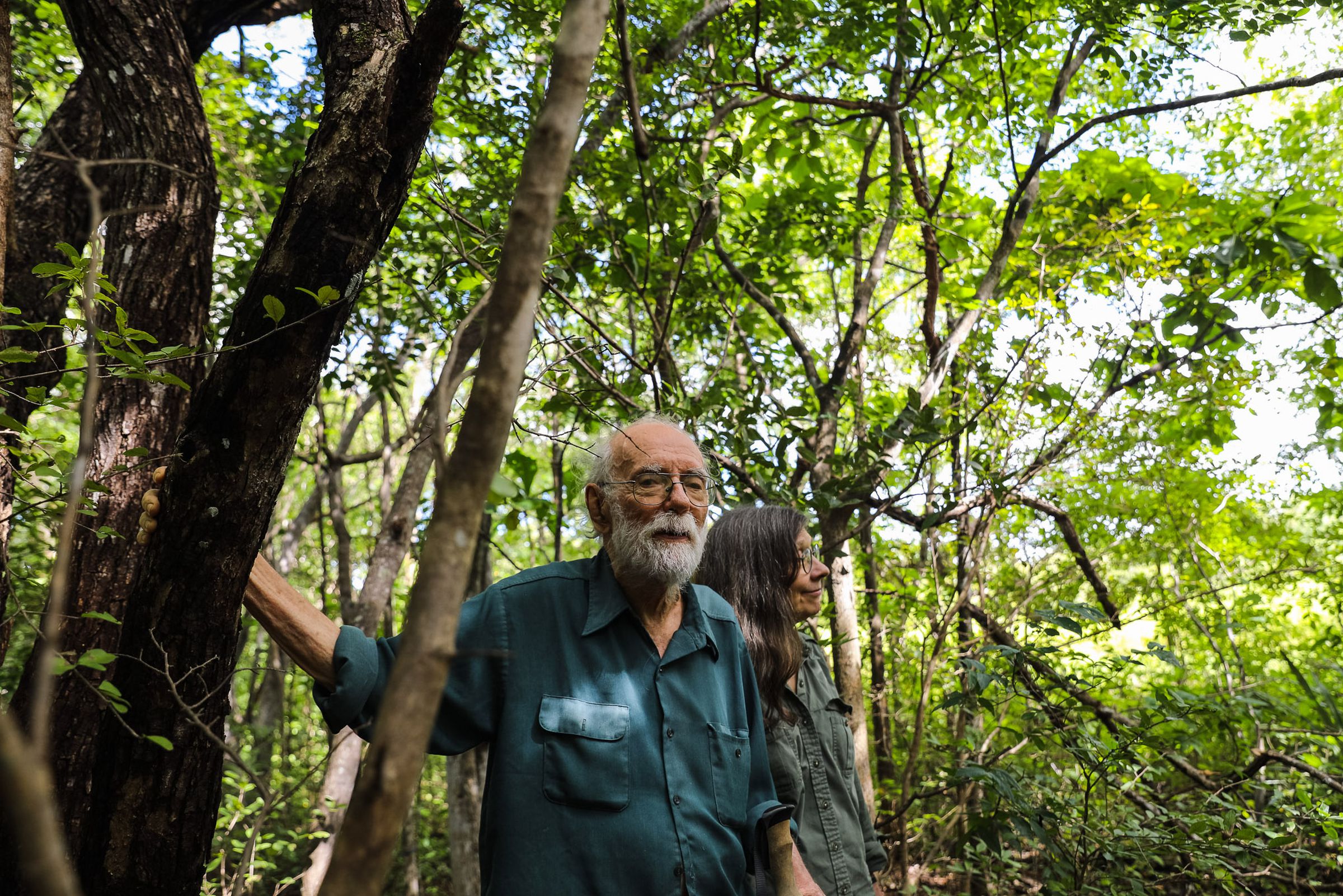
They brought forests back to life in Costa Rica. Their next challenge? Restoring ecosystems in a warming world.![An older man and woman stand side by side in a forest with young trees.]()

![An older man wearing glasses stands amid grass that is nearly as tall as he is.]()
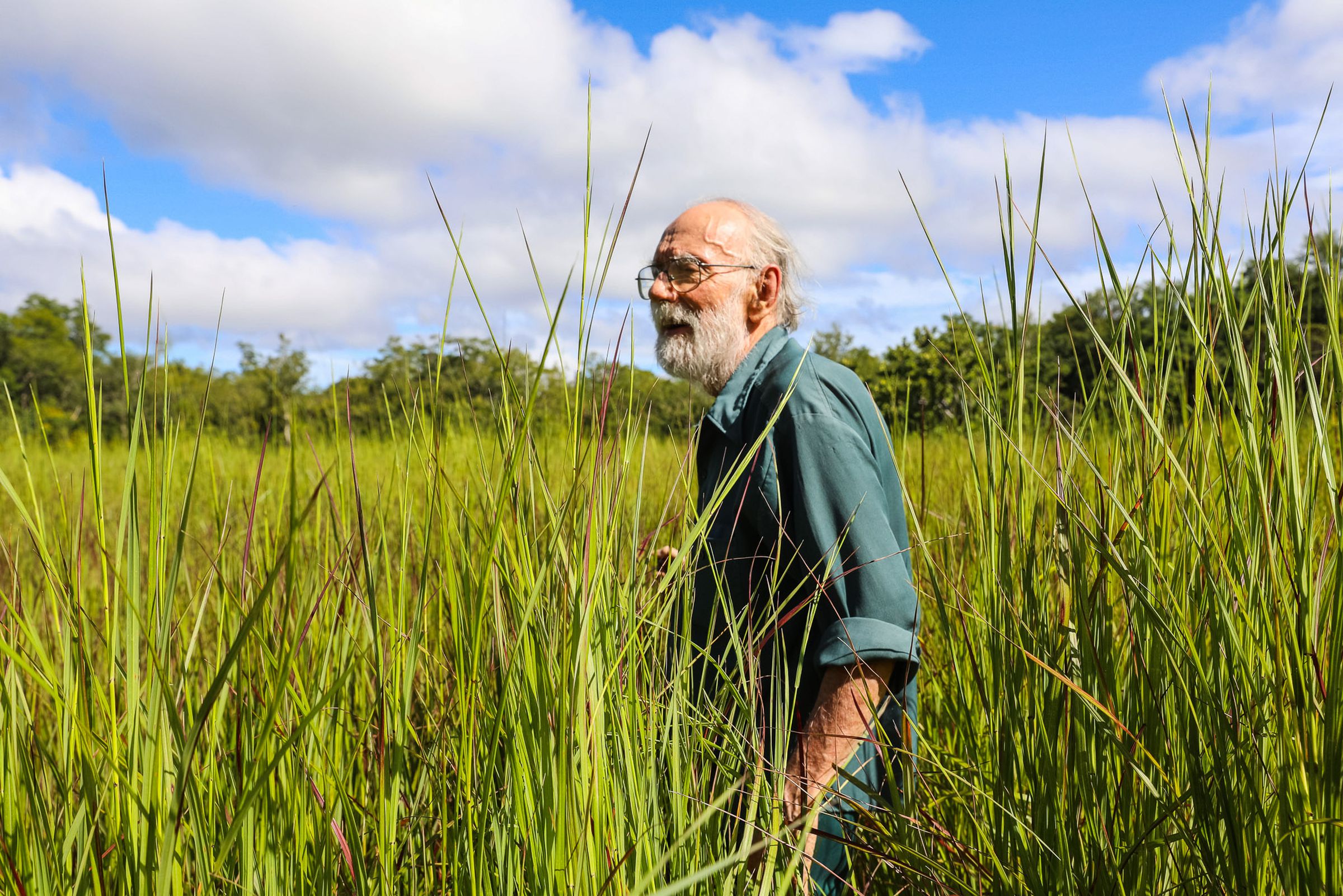
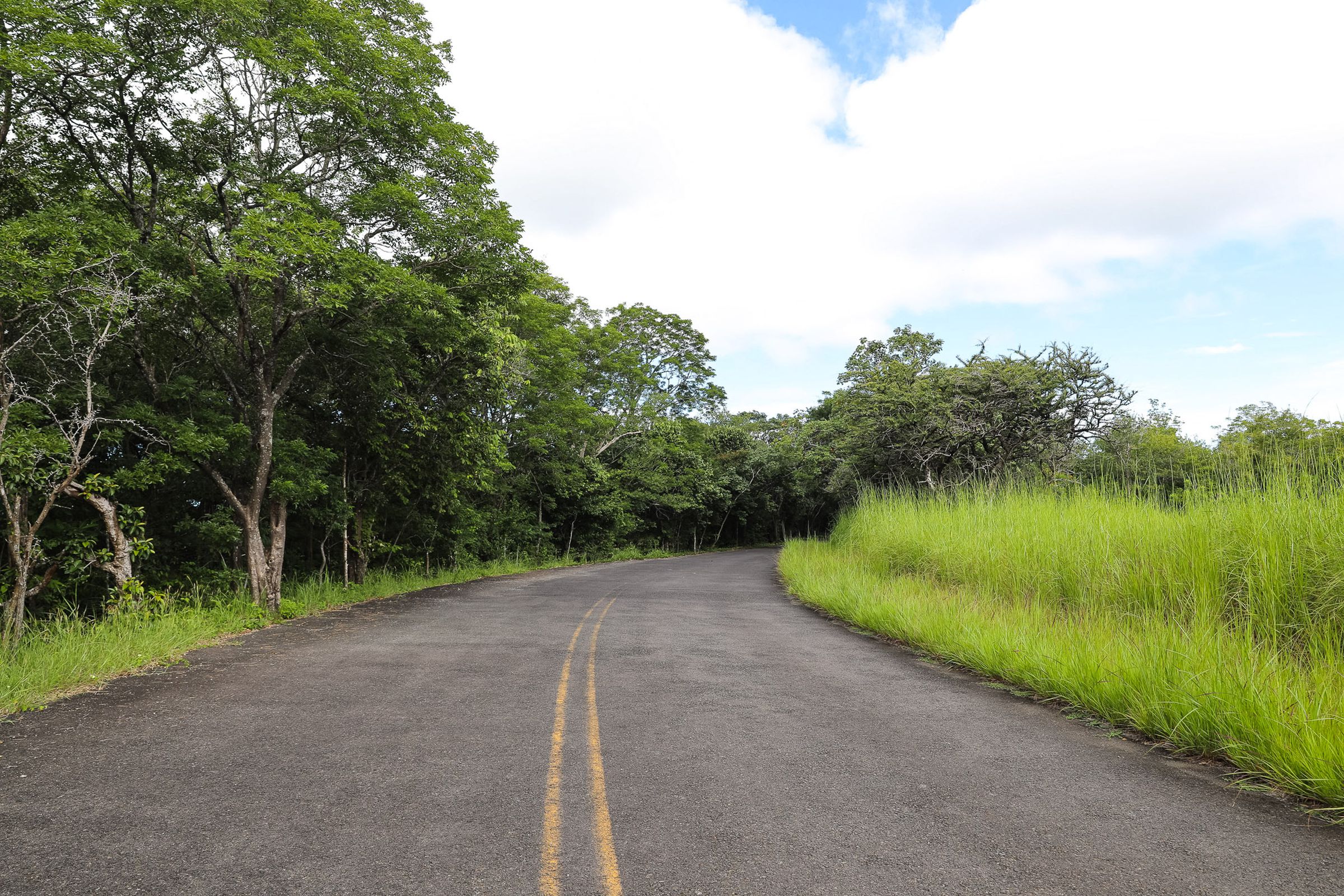
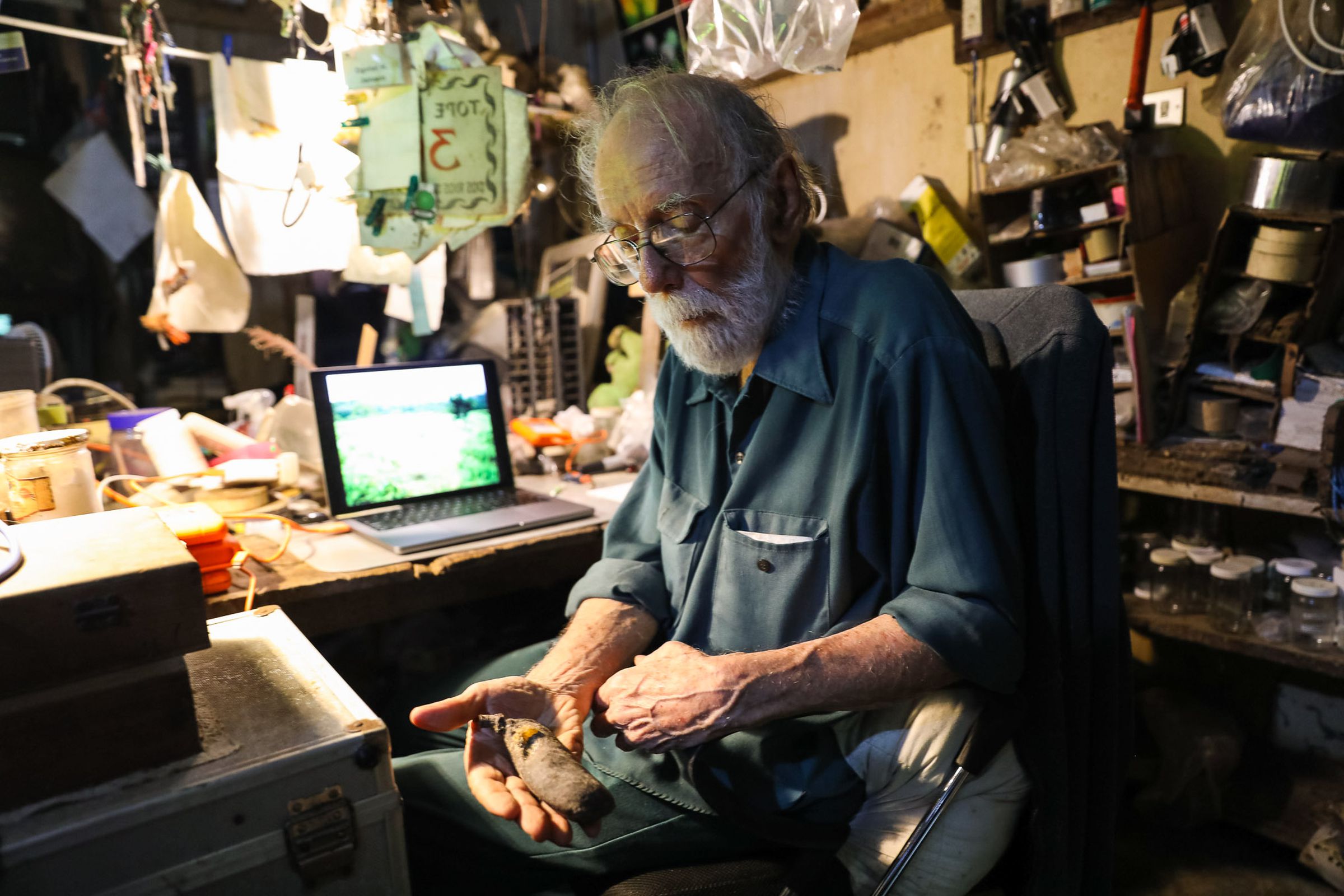
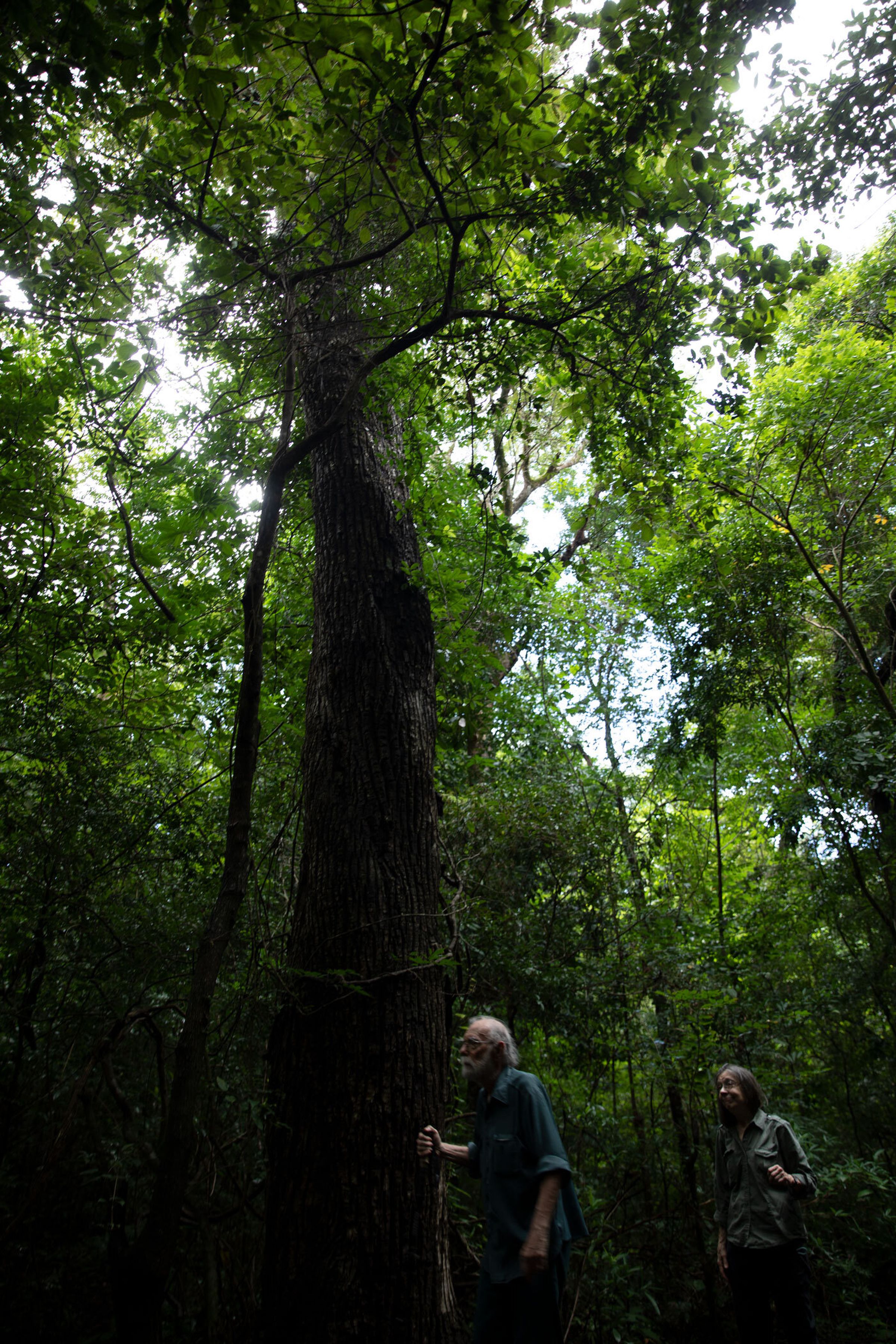
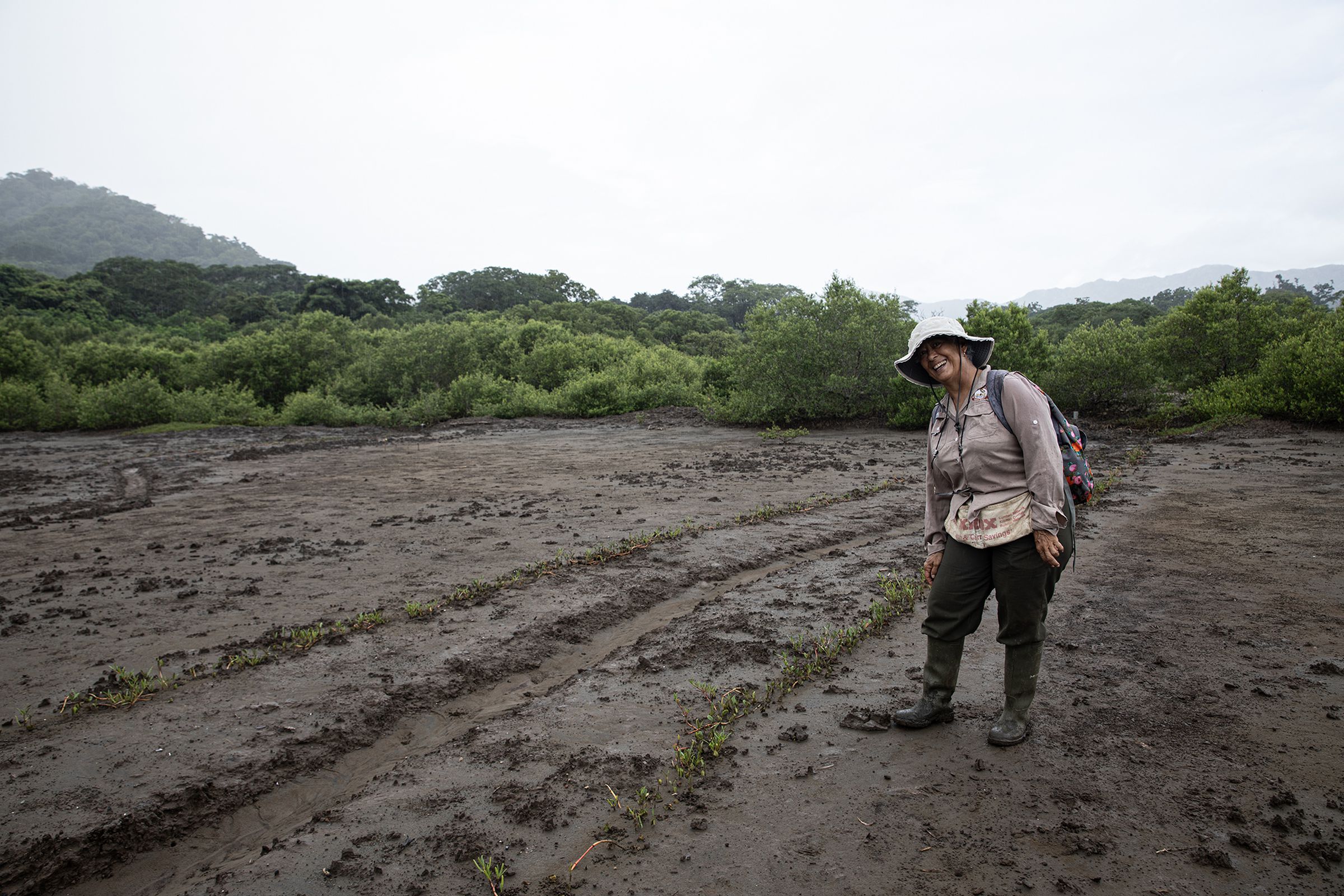
Scrolling through photos of ACG’s coral reef bleaching last year, Chavarría tells The Verge, “This is really hard for me being here, documenting this. Sometimes I want to cry.” The water was so hot it felt like jumping into soup. Under stress, corals expel the algae that give them their color and energy. If the bleaching lasts too long, the corals could die.
She’s tried to get funding to restore the reef and figure out which corals could be more resilient to climate change but hasn’t had luck yet, she says. Still, she believes they can be saved. “This is what gives me hope,” she says, pointing to a colony of coral that didn’t bleach. It’s still pink. This is what conservationists should pay attention to, she says, her voice still upbeat.
When things get rough, Chavarría heads to a lookout point where she can see the hectares of forest below that she’s helped to revive. It reminds her of what’s possible.
There is still hope and growth in Guanacaste. The ACG team’s restoration efforts are expanding outside of its official borders. Working with local women on a former salt flat, Chavarría is restoring a coastal mangrove forest, which has proven to be even more effective at storing carbon dioxide than other kinds of forests of the same size, keeping the greenhouse gas from further heating the planet. Thick mangrove roots also grip the earth so tightly that they can protect coastlines from rising seas and erosion.
The project is also expected to improve fishing prospects for residents who depend on it for food and livelihood. That kind of community buy-in to the forests’ survival has been one of the pillars of ACG since its inception. Officially, they call it biodesarrollo, or biodevelopment. In practice, it’s relationship-building. Chavarría started a program for kids in a local fishing town, taking them snorkeling to learn more about the ocean ecosystem. She remembers one of the very first kids in the program jumping out of the water, screaming, “María, they are colorful!” Before that moment, she says, “These kids know the fish just fried in the pan, never alive in the reef.” The program got mothers in town curious and, now, more involved in projects like restoring the mangrove forest.
It’s tough work, planting seedlings along newly dug canals while your boots sink into brackish mud. But they won’t have to plant too many trees — just enough to stabilize water canals that bring back the natural ebb and flow of the tide to this former salt flat. Each tide washes away layers of salt, picks up seedlings from surviving mangrove trees nearby, and deposits them here to grow.
Photography by Justine Calma / The Verge
The International Center for Journalists supported this reporting, and Punto y Aparte contributed to the report.






Scrolling through photos of ACG’s coral reef bleaching last year, Chavarría tells The Verge, “This is really hard for me being here, documenting this. Sometimes I want to cry.” The water was so hot it felt like jumping into soup. Under stress, corals expel the algae that give them their color and energy. If the bleaching lasts too long, the corals could die.
She’s tried to get funding to restore the reef and figure out which corals could be more resilient to climate change but hasn’t had luck yet, she says. Still, she believes they can be saved. “This is what gives me hope,” she says, pointing to a colony of coral that didn’t bleach. It’s still pink. This is what conservationists should pay attention to, she says, her voice still upbeat.
When things get rough, Chavarría heads to a lookout point where she can see the hectares of forest below that she’s helped to revive. It reminds her of what’s possible.
There is still hope and growth in Guanacaste. The ACG team’s restoration efforts are expanding outside of its official borders. Working with local women on a former salt flat, Chavarría is restoring a coastal mangrove forest, which has proven to be even more effective at storing carbon dioxide than other kinds of forests of the same size, keeping the greenhouse gas from further heating the planet. Thick mangrove roots also grip the earth so tightly that they can protect coastlines from rising seas and erosion.
The project is also expected to improve fishing prospects for residents who depend on it for food and livelihood. That kind of community buy-in to the forests’ survival has been one of the pillars of ACG since its inception. Officially, they call it biodesarrollo, or biodevelopment. In practice, it’s relationship-building. Chavarría started a program for kids in a local fishing town, taking them snorkeling to learn more about the ocean ecosystem. She remembers one of the very first kids in the program jumping out of the water, screaming, “María, they are colorful!” Before that moment, she says, “These kids know the fish just fried in the pan, never alive in the reef.” The program got mothers in town curious and, now, more involved in projects like restoring the mangrove forest.
It’s tough work, planting seedlings along newly dug canals while your boots sink into brackish mud. But they won’t have to plant too many trees — just enough to stabilize water canals that bring back the natural ebb and flow of the tide to this former salt flat. Each tide washes away layers of salt, picks up seedlings from surviving mangrove trees nearby, and deposits them here to grow.
Photography by Justine Calma / The Verge
The International Center for Journalists supported this reporting, and Punto y Aparte contributed to the report.